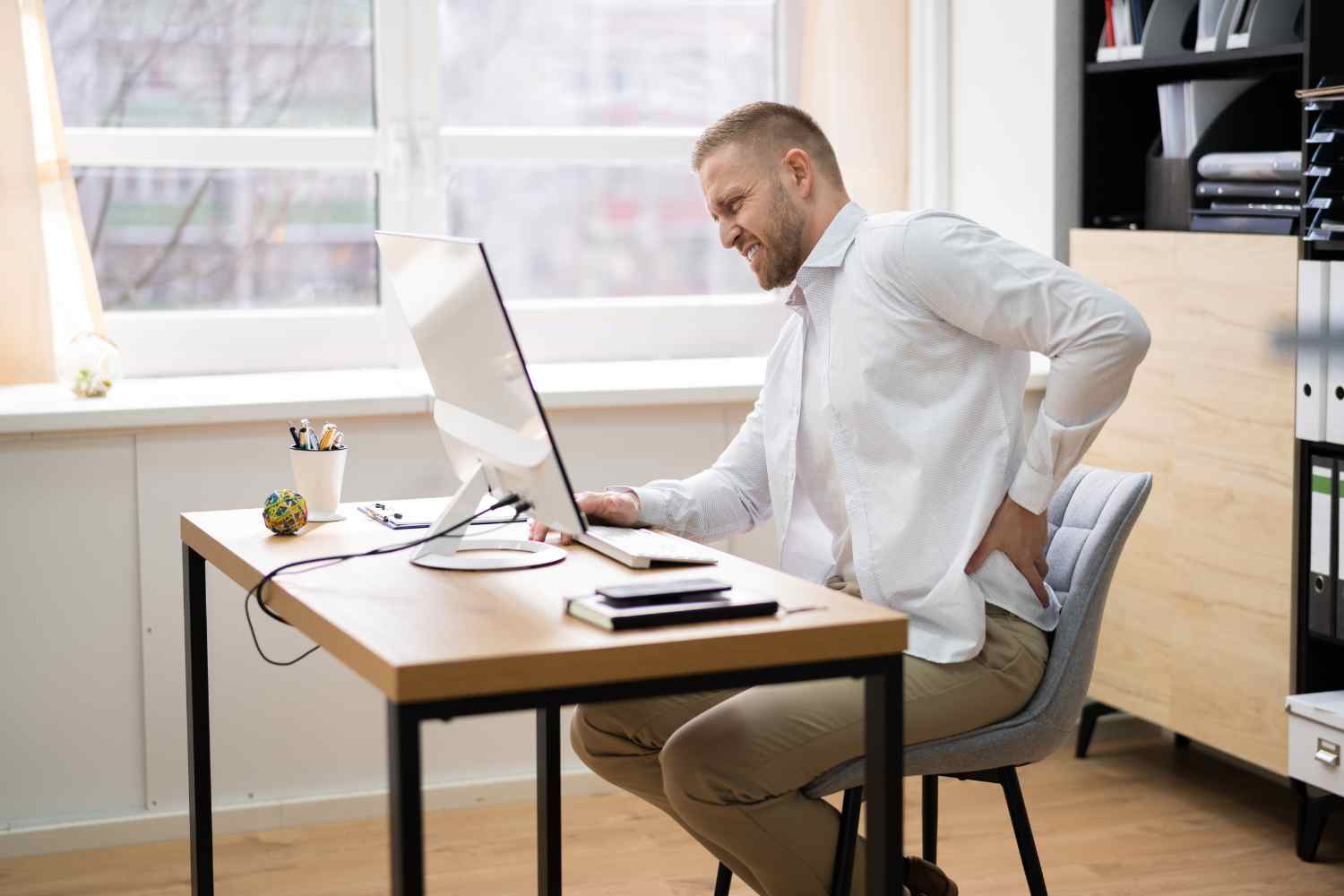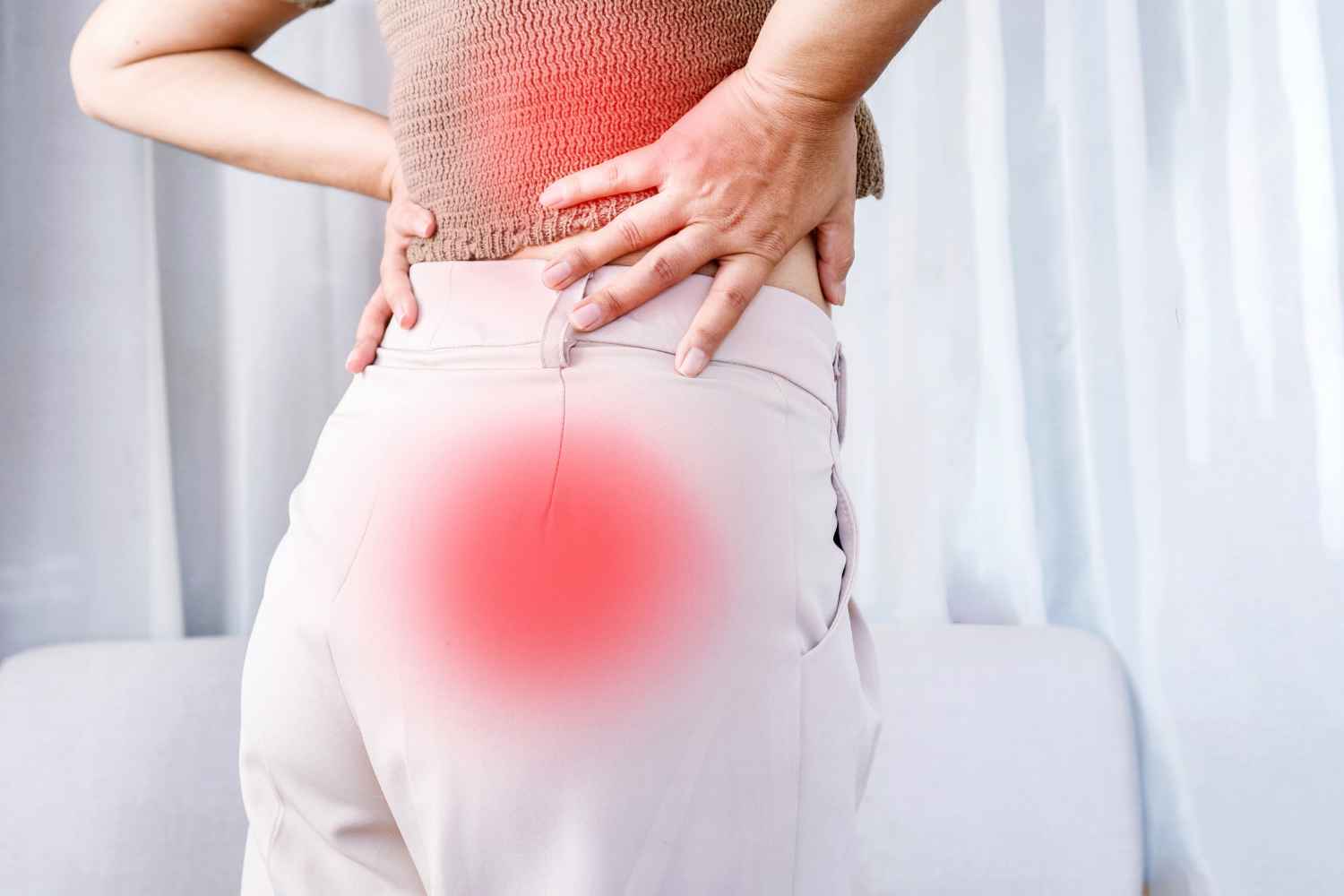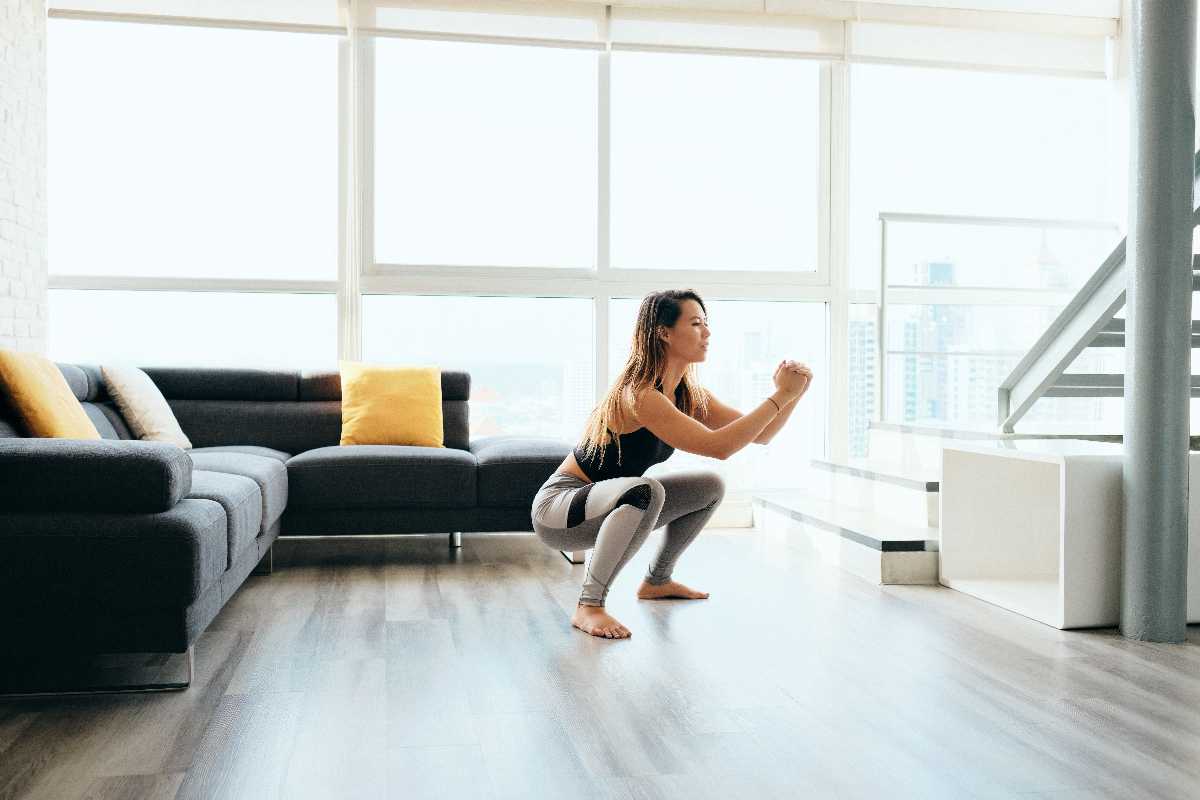A closer look at the physical and cultural implications of "office chair butt"—and why it may be a call to rethink the way we work.

In today’s work culture, there’s a growing fear spreading quietly but steadily—an affliction both physical and psychological that’s far more serious than it first sounds: the dreaded “office chair butt”.
What started as a joke on social media is now drawing real attention from medical professionals and workplace health advocates. The phenomenon—known more formally as gluteal atrophy—is the gradual weakening and flattening of the glute muscles caused by spending too many hours planted in a chair. And let’s face it: that’s most of us.
The science behind the slump
We often think of our glutes in aesthetic terms, but they’re crucial for posture, stability, and movement. When we sit for hours without engaging them, they don’t just “rest”—they begin to fade. Prolonged pressure and inactivity cause:
-
Muscle tone loss: Your glutes, deprived of meaningful use, shrink and lose strength.
-
Fat accumulation: Without activation, the area becomes a magnet for fat storage.
-
Postural shifts: Weak glutes destabilize your spine and legs, throwing off your whole kinetic chain.
The culprit isn’t your fancy ergonomic chair—it’s the lack of motion. Static positions for extended periods are the real problem. And while your chair may support your spine, it can’t activate your muscles for you.
The silent epidemic of sitting

Sitting has been called “the new smoking” for good reason. Beyond your backside, the consequences of deskbound life include neck pain, poor circulation, lower energy, and even cardiovascular risks.
The real danger lies in the compound effect. One hour of sitting may seem harmless. But multiply that by five days a week, over months or years, and the toll becomes clear. For office workers staring at screens for 8+ hours daily, the wear and tear adds up fast.
The uprising begins—on tiktok, naturally
What happens when millennials and Gen Z realize they’re slowly fusing with their office chairs? They revolt—digitally, of course. On TikTok, users are fighting back with viral videos showing their anti-sedentary routines.
“Every 30 minutes, I do 15 squats, even in heels,” declares one user with a million views. Others showcase stair runs during breaks, knee lifts behind desks, and spontaneous hallway walks. Colleagues are even joining forces in friendly fitness challenges, turning shared suffering into a form of collective resistance.
This movement is more than performative. It reflects a deeper shift in awareness: a realization that we’re not built to be motionless, even if our jobs demand it.
Building a healthier desk life

@Diego_cervo/123rf
Experts advise breaking up seated time every 30 to 90 minutes, depending on your schedule and flexibility. The goal isn’t to become an athlete at work—but to bring natural, consistent movement into your routine.
Some subtle but impactful changes include:
-
Adjustable-height desks, so you can shift positions throughout the day.
-
Placing printers and files farther away, forcing yourself to walk.
-
Using restrooms on a different floor (yes, really).
-
Putting a small balance mat under your desk, to keep your lower body slightly active.
Even tiny desk exercises—glute squeezes, heel raises, ankle rolls, marching in place—can stimulate muscles and circulation without drawing attention or requiring extra time.
Other behavioral tweaks? Stand while taking calls. Hold walking meetings. Choose face-to-face chats instead of emails. And, of course, always take the stairs.
“Office chair butt” is just the tip of the iceberg. It signals a broader issue: forced physical stagnation in the modern workplace. Addressing it isn’t about vanity—it’s about preventing long-term health complications and reclaiming control over our own bodies.
Success lies not in bursts of activity, but in building consistent habits. No one expects you to turn your cubicle into a CrossFit gym. But you can choose to re-integrate movement—a little, often, and forever.
Reimagining the office of the future
This growing conversation signals something important: work culture is evolving. Progressive companies are already rolling out policies that encourage movement, flexible workstations, and even fitness challenges during breaks.
They’ve realized something essential: healthier employees are happier and more productive. And in a time when burnout is epidemic, that’s a smart investment.
Maybe, just maybe, the fight against “office chair butt” is about more than glutes. Maybe it’s about redefining what work looks like—and how we support the people doing it.
In the end, reclaiming our glutes might just help us reclaim our humanity.
